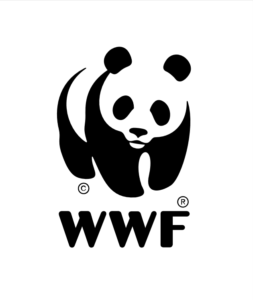How does sustainable seafood contribute to…
the Sustainable Development Goals?
More than 800 million people depend on fish for food and income. Families in developing countries benefit from Europe’s sustainable choice of seafood.
We are SDGs
The global “business plan for the planet” was signed-off by 193 heads of states in 2015. [1] During the next 15 years, this reform agenda for the sustainable development of our world sets out 17 goals aiming at creating a global balance between the natural environment, economic growth and human well-being.
The Sustainable Development Goals (https://sustainabledevelopment.un.org) call on governments, the corporate sector and citizens to take action to make the world a better place until 2030.
We are ocean
Sustainable economic growth, social development and environmental protection are at the heart of the agenda. At the same time, our oceans are a key economic, social and environmental asset.
If the ocean were an economy, it would be the 7th largest in the world. [2] Fish secures food and income for more than 800 million people with most of them living in developing countries. [3] Europe is the biggest importer of fish in the world and therefore Europe is a driver for change. [4]
Ocean equals life
Your choice of seafood has a great impact on oceans and the people who depend on it. A responsible choice of fish can lead to the reduction of poverty and hunger. It can promote decent work conditions, gender equality and sustainable economic growth. Eventually, it can help to protect climate, life below water and on land.
Authorities, the corporate sector and citizens have to play their part. We are all SDGs.
3 facts on seafood and… the SDG
fact #1
Fish is the most traded commodity from developing countries, outnumbering coffee, sugar and bananas by far. [5]
fact #2
- 98%
fact #3
- 12%
Ok, but what can I do?
Your choice of fish has a significant impact on sustainable development around the globe. It contributes to the achievement of at least nine of the SDGs.
[1] UN (United Nations). 2015. Resolution adopted by the General Assembly. http://www.un.org/ga/search/view_doc.asp?symbol=A/RES/70/1&Lang=E
[2] Ocean Health Index. 2018. The Blue Economy and Ocean Health: Part 1 – Building a Blue Economy. http://www.oceanhealthindex.org/news/building-the-blue-economy
[3] FAO (Food and Agriculture Organization of the United Nations). The State of World Fisheries and Aquaculture 2016. Rome. Page 32. http://www.fao.org/fishery/sofia/en
[4] European Commission. 2016. The EU fish market – 2016 edition. https://ec.europa.eu/fisheries/eu-fish-market-2016-edition_en
[5] FAO (Food and Agriculture Organization of the United Nations). The State of World Fisheries and Aquaculture 2016. Rome. Page 61 http://www.fao.org/fishery/sofia/en
[6] FAO (Food and Agriculture Organization of the United Nations). The State of World Fisheries and Aquaculture 2016. Rome. Page 33. http://www.fao.org/fishery/sofia/en















